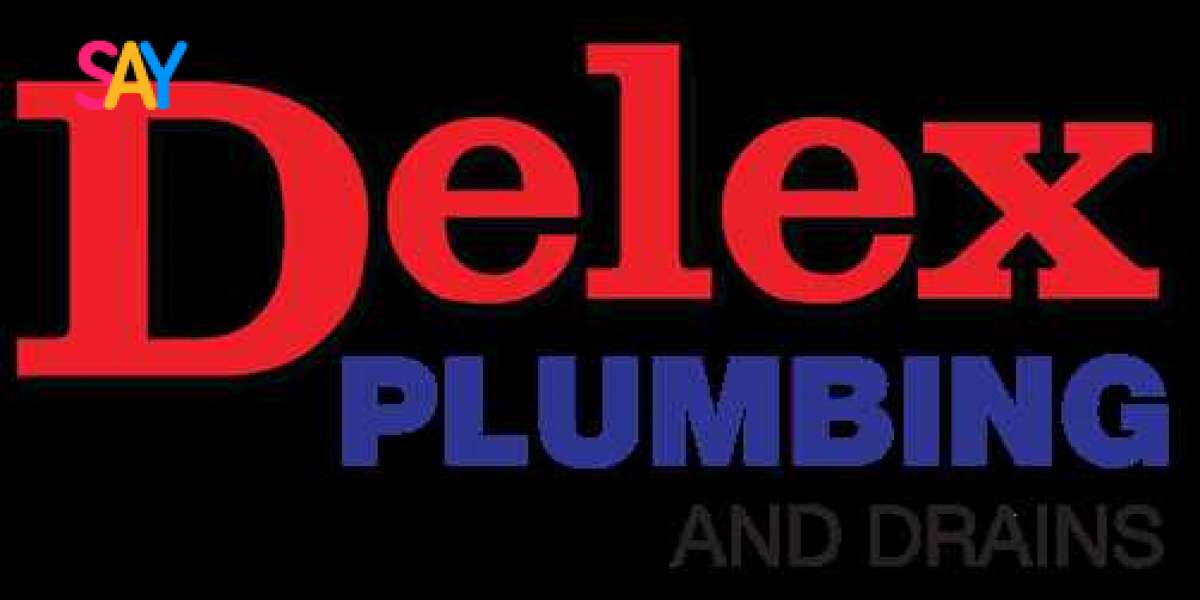Ever wonder how fresh water magically appears from your faucets and wastewater disappears just as quickly? Your home's plumbing system is a complex yet ingenious network of pipes, fixtures, and valves working silently behind your walls to provide these essential services. Understanding the basics of how it functions can not only satisfy your curiosity but also help you identify potential problems early on. Explore how does the plumbing in a house work
The Fresh Water Journey: From Source to Tap
The journey of fresh water into your home typically begins at a municipal water supply or a private well. A main water line, usually a large pipe buried underground, carries this water towards your property. As it enters your home, it passes through a water meter, which tracks your household's water consumption for billing purposes.
The Main Shut-Off Valve: Your Plumbing Control Center
Immediately after the water meter, you'll find the main shut-off valve. This crucial component allows you to completely halt the water supply to your entire house in case of emergencies like burst pipes or during plumbing repairs. Knowing the location of your main shut-off valve is essential for every homeowner.
Distribution Pipes: Branching Out to Fixtures
From the main water line, a network of smaller distribution pipes branches out to supply water to various fixtures throughout your home. These pipes are typically made of copper, PVC, or PEX and are carefully sized to deliver the appropriate water pressure and volume to each faucet, shower, toilet, and appliance. Hot and cold water lines run parallel to each other, ensuring you have access to both temperatures where needed.
Faucets and Fixtures: The Point of Use
Faucets and fixtures are the visible endpoints of your water supply system. They incorporate valves that control the flow and mixing of hot and cold water. Understanding how these simple mechanisms work can help you troubleshoot minor issues like drips or low pressure.
The Wastewater Escape: Drains, Vents, and Traps
Just as important as the incoming fresh water is the efficient removal of wastewater. This system relies on gravity and a carefully designed network of drains, vents, and traps.
Drain Pipes: Carrying Away Used Water
Wastewater from sinks, showers, toilets, and appliances flows down drain pipes. These pipes are typically larger than supply pipes and are sloped downwards to allow gravity to carry the waste away.
Vents: Maintaining Pressure and Preventing Odors
Vent pipes are an often overlooked but critical part of the drainage system. They extend from the drain lines up through the roof, allowing air to enter the system. This airflow helps maintain proper pressure within the drain pipes, preventing vacuums that could slow drainage or siphon water out of the traps. Vents also allow sewer gases to escape outside, preventing unpleasant odors from entering your home.
Traps: The Odor Barrier
Located under every sink, shower, and toilet is a U-shaped pipe called a trap. This trap holds a small amount of water that creates a seal, preventing sewer gases from backing up into your home. If you notice foul odors coming from a drain, it could indicate a dry trap, which can often be resolved by simply running water down the drain.
The Main Drain Line: Exit Point for Wastewater
All the individual drain lines eventually connect to a larger main drain line, which carries all the wastewater out of your house and into the municipal sewer system or a private septic tank.
Conclusion
Your home's plumbing system is a marvel of engineering, working tirelessly behind the scenes to provide you with clean water and efficiently remove waste. While it may seem complex, understanding the basic principles of how fresh water enters your home and how wastewater exits can empower you to identify potential problems early and appreciate the convenience this hidden lifeline provides. Regular maintenance and awareness of unusual sounds or leaks can help ensure your plumbing system functions smoothly for years to come.




